Which Of The Following Clinical Presentations Is Most Consistent With Pelvic Inflammatory Disease
Which of the following clinical presentations is most consistent with pelvic inflammatory disease. KOH prep is negative. CT scan of cervical cell carcinoma demonstrates markedly enlarged lymph node at left pelvic sidewall. Which of the following clinical presentations is MOST consistent with PID.
It is attributed to the ascending spread of microorganisms from the cervicovaginal canal to the contiguous pelvic structures causing endometritis salpingitis pelvic peritonitis or tubo-ovarian abscess. Cystic consistency is not unusual for metastatic cervical carcinoma. Results from the Pelvic Inflammatory Disease Evaluation and Clinical Health PEACH Randomized Trial.
Chlamydia trachomatis causes a wide range of clinical manifestations including cervicitis urethritis pelvic inflammatory disease infertility pelvic pain and perihepatitis in women and urethritis and epididymitis in men. Glucosamine is not associated with any drug interactions. Ness RB Soper DE Holley RL Peipert J Randall H Sweet RL et al.
Clinical signs of pelvic inflammatory disease PID are vaginal leukorrhea irregular uterine bleeding breakthrough bleeding while taking oral contraceptives vague lower abdominal pain possible elevated body temperature. Clinical studies have consistently shown benefit of long-term use of glucosamine and chondroitin for treating OA of the knee. This is consistent with pelvic lymph node metastasis which is indicative of stage IIIB disease.
This patient meets the current diagnostic criteria for a presumptive diagnosis of. Experience abdominal cramping which may be misinterpreted. Upper quadrant pain resulting from ascending pelvic infection and inflammation of the liver capsule or diaphragm Although it is typically associated with acute salpingitis it can exist without signs of acute pelvic inflammatory disease PID Physical examination Abdominal pelvic examination is most important.
The peak incidence of chlamydia infections in the United States occurs in females aged 15 to 24 years. 1 left lower quadrant pain referred pain to the left shoulder and fever 2 pain around the umbilicus low-grade fever and generalized weakness. Am J Obstet Gynecol.
Effectiveness of inpatient and outpatient treatment strategies for women with pelvic inflammatory disease. Primary tumor is well depicted as hypoattenuating circumscribed mass.
Pelvic inflammatory disease PID is a common medical problem affecting nearly 1 million women each year being one of the main due to medical visits on emergency room in worldwide.
Tubo-ovarian complex or Doppler studies suggesting pelvic infection eg tubal hyperemia Laparoscopic abnormalities consistent with PID. Effectiveness of inpatient and outpatient treatment strategies for women with pelvic inflammatory disease. It is attributed to the ascending spread of microorganisms from the cervicovaginal canal to the contiguous pelvic structures causing endometritis salpingitis pelvic peritonitis or tubo-ovarian abscess. Results from the Pelvic Inflammatory Disease Evaluation and Clinical Health PEACH Randomized Trial. Pelvic inflammatory disease PID is a clinical syndrome comprising a spectrum of infectious and inflammatory diseases characterized by ascending spread of organisms from the vagina or cervix to the structures of the upper female genital tract including endometritis salpingitis tubo-ovarian abscess perihepatitis or pelvic peritonitis. The peak incidence of chlamydia infections in the United States occurs in females aged 15 to 24 years. Which of the following clinical presentations is MOST consistent with pelvic inflammatory disease PID. The diagnosis is based on clinical and analytical parameters and the. Pelvic inflammatory disease PID is a common medical problem affecting nearly 1 million women each year being one of the main due to medical visits on emergency room in worldwide.
KOH prep is negative. Results from the Pelvic Inflammatory Disease Evaluation and Clinical Health PEACH Randomized Trial. This is consistent with pelvic lymph node metastasis which is indicative of stage IIIB disease. Clinical signs of pelvic inflammatory disease PID are vaginal leukorrhea irregular uterine bleeding breakthrough bleeding while taking oral contraceptives vague lower abdominal pain possible elevated body temperature. KOH prep is negative. Upper respiratory tract infection URI represents the most common acute illness evaluated in the outpatient setting. Ness RB Soper DE Holley RL Peipert J Randall H Sweet RL et al.





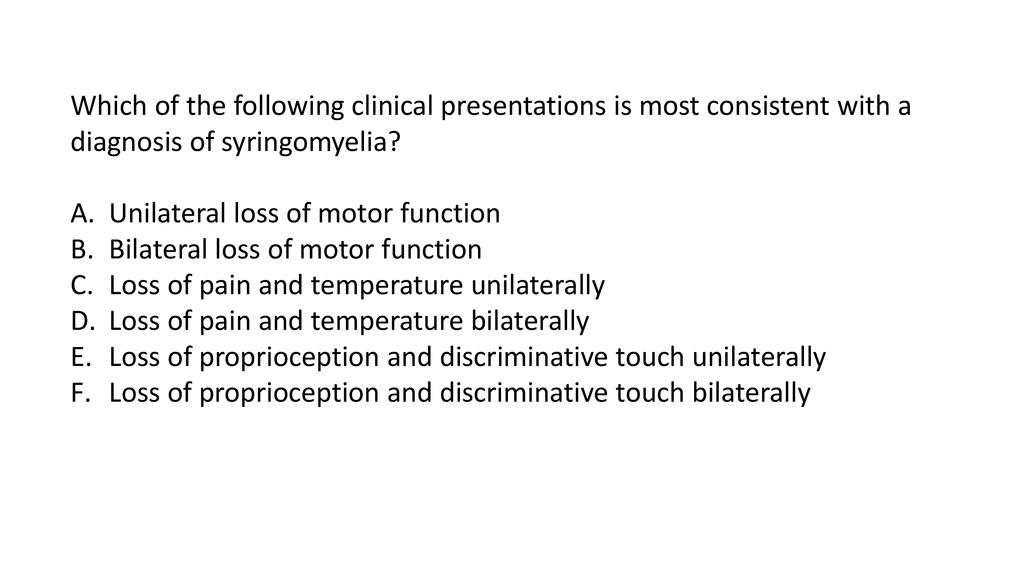











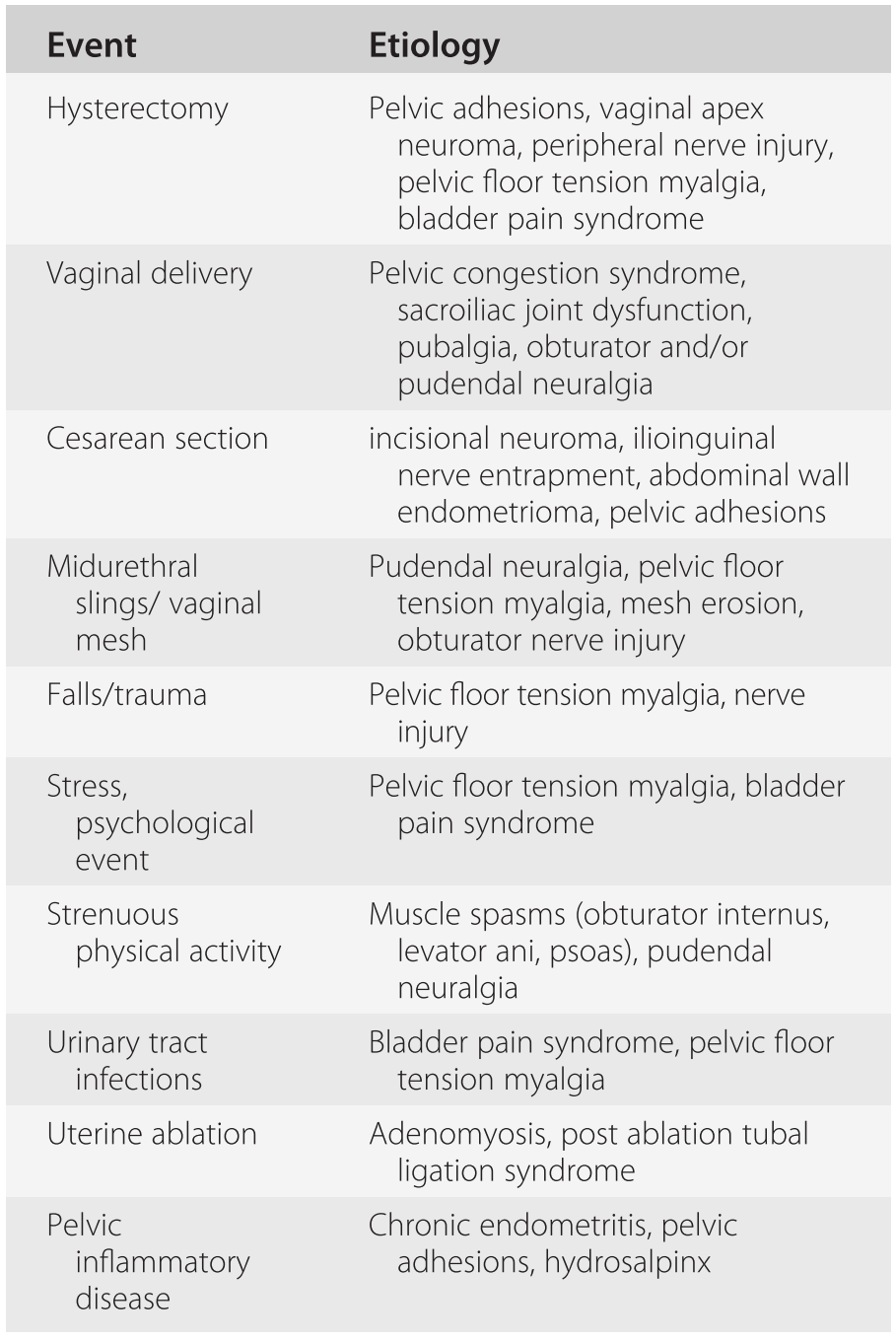









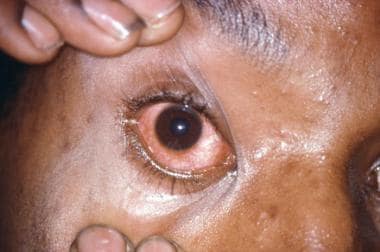
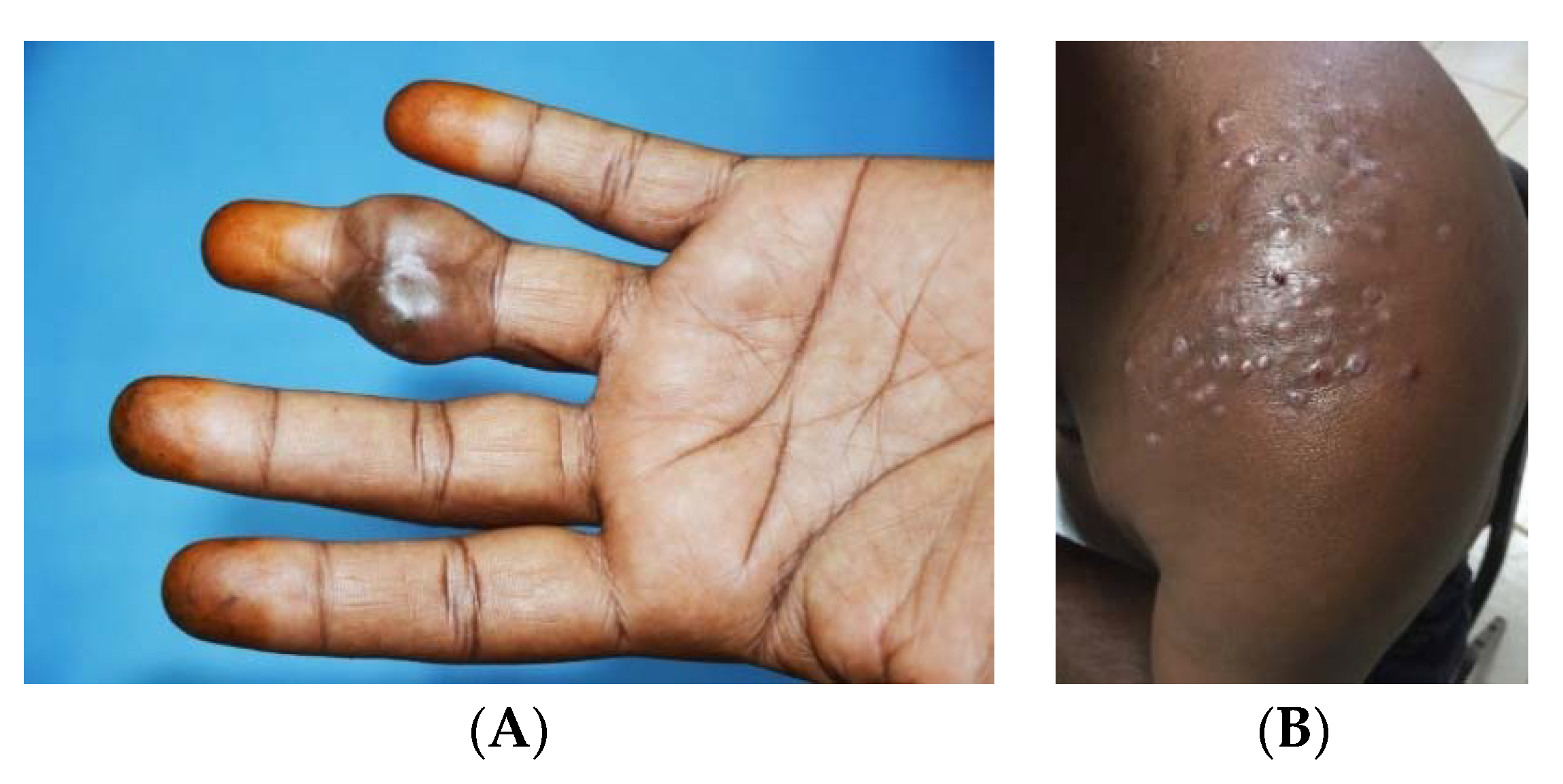








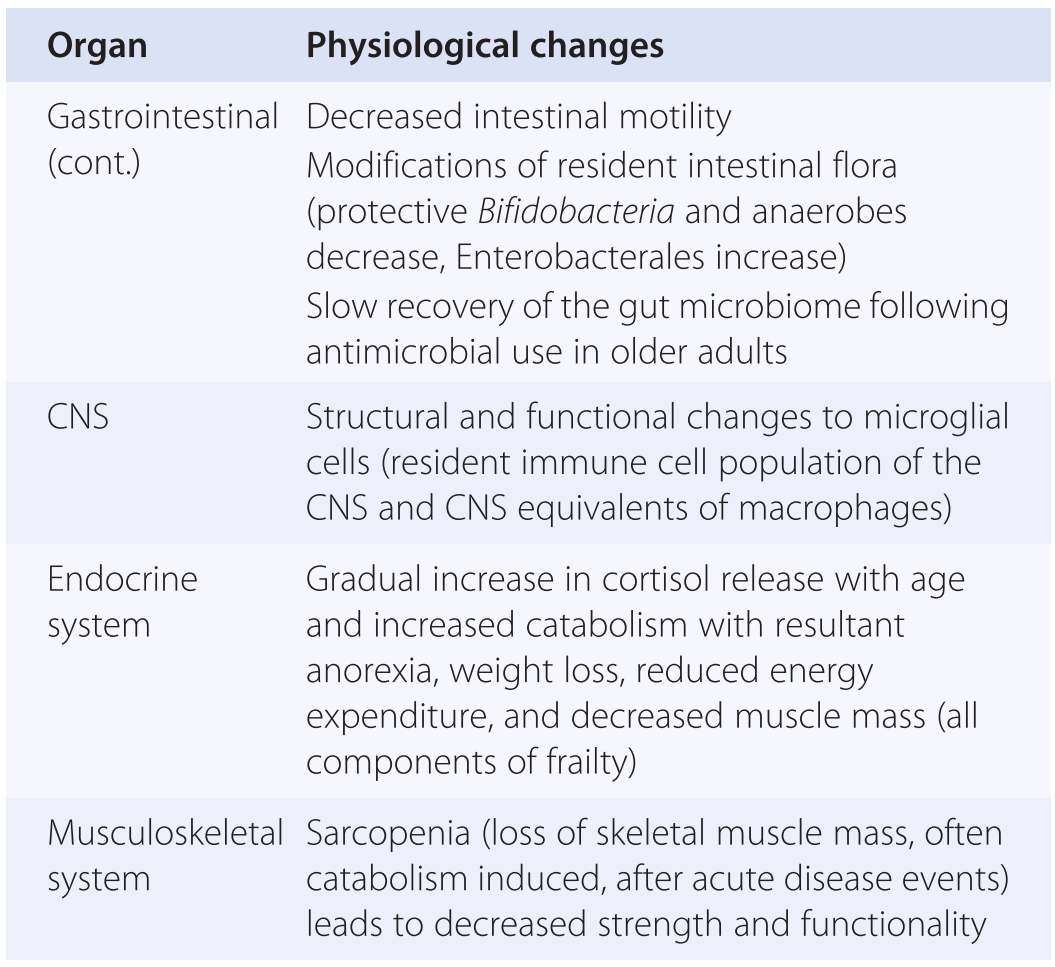





Post a Comment for "Which Of The Following Clinical Presentations Is Most Consistent With Pelvic Inflammatory Disease"